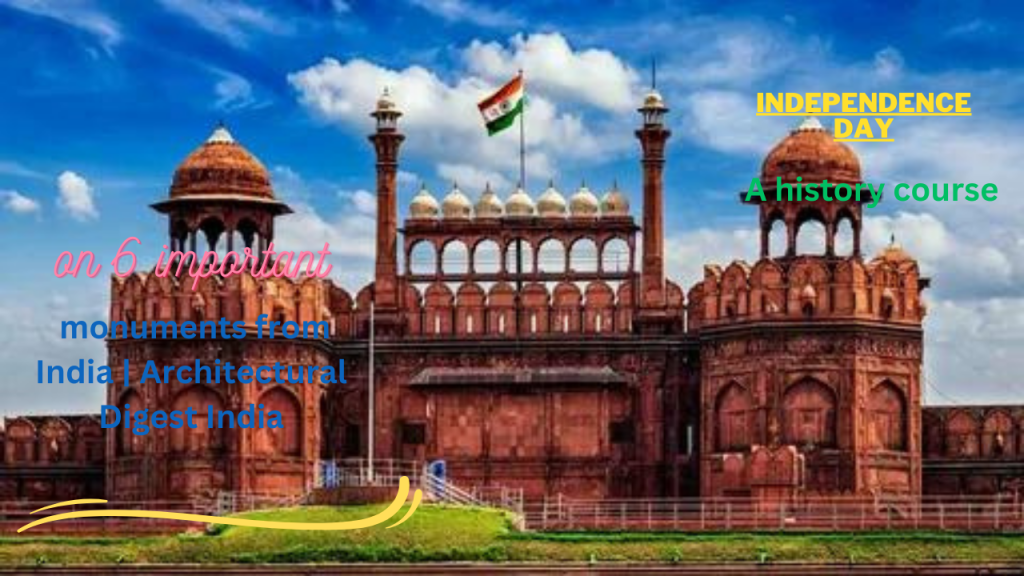Barossa Design Plastic Shower Liner Clear - Premium PEVA Shower Curtain Liner with Rustproof Grommets and 3 Magnets, Waterproof Cute Lightweight Standard Size Shower Curtains for Bathroom - Clear
$7.95 (as of May 8, 2024 18:54 GMT +00:00 - More infoProduct prices and availability are accurate as of the date/time indicated and are subject to change. Any price and availability information displayed on [relevant Amazon Site(s), as applicable] at the time of purchase will apply to the purchase of this product.)Historical landmarks and monuments in South India
If you’re an enthusiast of history, culture, and breathtaking architecture, South India is a treasure trove waiting to be explored. This region boasts a rich heritage that dates back centuries, with numerous historical landmarks and monuments that continue to amaze visitors from around the world. In this article, we’ll take you on a journey through some of the most iconic and awe-inspiring historical sites in South India.
The Rich Heritage of South India

South India has been a cradle of civilization, and its historical landmarks reflect the amalgamation of diverse cultures and dynasties. From towering temples to majestic forts, each monument tells a unique story of the past.
The Majestic Charminar
One of Hyderabad’s most iconic landmarks, the Charminar, is a masterpiece of Indo-Islamic architecture. Built in 1591 by Sultan Muhammad Quli Qutb Shah, this four-pillared monument stands as a symbol of Hyderabad’s history and charm.
The Iconic Golconda Fort
Perched on a granite hill, the Golconda Fort offers a glimpse into the grandeur of the past. Known for its acoustic marvel, the fort was a center of diamond trade during the reign of the Qutb Shahi dynasty.
The Intricate Meenakshi Temple
Madurai’s Meenakshi Temple is a stunning example of Dravidian architecture. The intricate carvings and vibrant sculptures within the temple complex make it a cultural and spiritual hub.
The Enigmatic Brihadeeswarar Temple

A Glimpse into the Past
The Brihadeeswarar Temple in Thanjavur is a testament to the Chola dynasty’s architectural prowess. Built over a thousand years ago, it stands as an embodiment of artistry and devotion.
Architectural Marvel
The temple’s towering vimana (tower) and the monolithic Nandi statue are architectural marvels that leave visitors in awe.
The Alluring Shore Temple

A Beachside Beauty
Mahabalipuram’s Shore Temple is a captivating monument that stands near the Bay of Bengal. This temple is dedicated to Lord Shiva and is a marvel to behold during sunrise and sunset.
A UNESCO World Heritage Site
The Shore Temple has been recognized by UNESCO for its historical significance and remarkable preservation.
The Mystical Hampi Ruins

Ruins Amidst Boulders
The Hampi Ruins in Karnataka are a captivating sight. Spread across a vast landscape, these ruins were once part of the Vijayanagara Empire and are now a UNESCO World Heritage Site.
UNESCO’s Recognition
The recognition by UNESCO underscores the importance of preserving these ruins as a window into India’s glorious past.
The Serene Vivekananda Rock Memorial

A Spiritual Oasis
Located on a small island near Kanyakumari, the Vivekananda Rock Memorial is a serene place of worship. It commemorates the visit of Swami Vivekananda, who meditated on this rock and found enlightenment.
A Tribute to Swami Vivekananda
The memorial is not only a tribute to the great philosopher but also offers breathtaking views of the Indian Ocean.
Conclusion

South India’s historical landmarks and monuments are not just relics of the past; they are living testaments to the region’s rich history and cultural diversity. Exploring these sites is like embarking on a journey through time, where every stone and sculpture has a story to tell.
FAQs
1. Are these historical landmarks in South India easily accessible to tourists?
- Yes, most of these landmarks are open to tourists and can be easily accessed.
2. Is there an ideal time to visit these historical sites?
- The best time to visit South India’s historical landmarks is during the winter months, from November to February, when the weather is pleasant.
3. Are there guided tours available for these sites?
- Yes, guided tours are often available, and they can enhance your experience by providing historical context and insights.
4. Are there any entry fees for these historical monuments?
- Entry fees vary for each site, so it’s advisable to check the latest information before visiting.
5. Can I take photographs at these historical landmarks?
- In most cases, photography is allowed, but it’s essential to respect any restrictions and guidelines set by the authorities.




